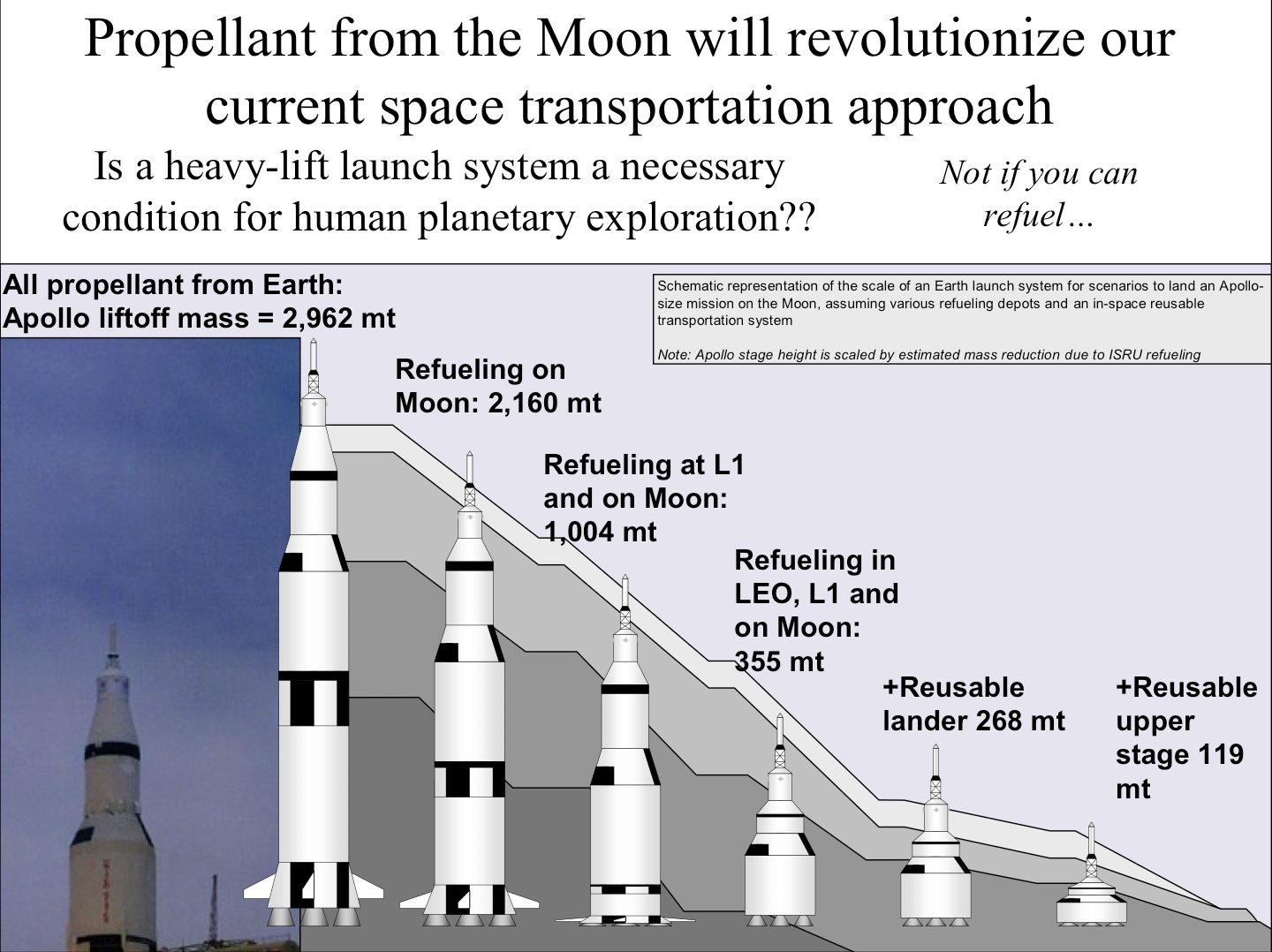…is starting to get busy.
Category Archives: Business
Integrated Vehicle Fluids
A nice video, from Frank Zegler at ULA.
[Update a few minutes later]
Why SLS is insane.

Fake Meat
An interesting story on the state of the art. It’s still terrible.
I think he’s too pessimistic, though, and ignores the technology that will probably create the breakthrough: 3-D printing.
Mad Men
With the final season about to start, reminiscences from cast and writers.
Red Meat
…is not the enemy.
It’s almost like everything we’ve been taught about nutrition for the past several decades is BS.
The Hugo Awards
Some thoughts on taking back SFF from the SJWs, from Brad Thorgersen, and Sarah Hoyt:
I lived in fear, unable to associate normally or make friends with anyone. It was like being spied on all the time and knowing the worst construction would be put on my actions and words, even if the actions and words were not political, even if I just forgot what the week’s hate and the week’s cause was.
I got tired. I got really tired. I know authors who walked away after one or two books because they simply couldn’t take it anymore. I know others – gentle souls – who didn’t realize they’d been blacklisted on suspicion of being – dropped voice – conservative. This was particularly true of Libertarians (and libertarians) who never thought of themselves (I still don’t) as “conservatives” and couldn’t understand it when I tried to explain it.
All this was justified, you see, because in the minds of the establishment and establishment hangers on, conservatives are creatures shown as “right wing” on movies and tv (none of whose writers would know a true conservative, much less a libertarian if one bit them in the fleshy part of the *ss [and libertarians might.] They give conservatives (which again is everyone to the right of Lenin) informed attributes never found in the real creature: conservatives, in their crazy little heads, are people who are racist, sexist, homophobic, ultra-religious in a medieval fashion or a crazy-evangelical (there are some, but not many) one.
This kind of thing isn’t the only reason I haven’t been reading much in the past few years, but it doesn’t help.
[Afternoon update]
Michael Z. Williamson: “I am not a ‘real fan’.“
My USA Today Piece
A truncated version of this will be in the print edition tomorrow. Hope it boosts book sales.
DARPA’s Space Activities
I’m glad to see that someone is trying to address our access and resiliency issues.
Google Contacts
A new annoyance. I can’t just right-click to copy the email address, and I can’t even copy and paste — the only option I have is to send a mail from Gmail (which I only use in emergencies).
Climate Change And The Precautionary Principle
Judith Curry wonders if it is a “ruin” problem.
I continue to think it cries out for a serious regret analysis.